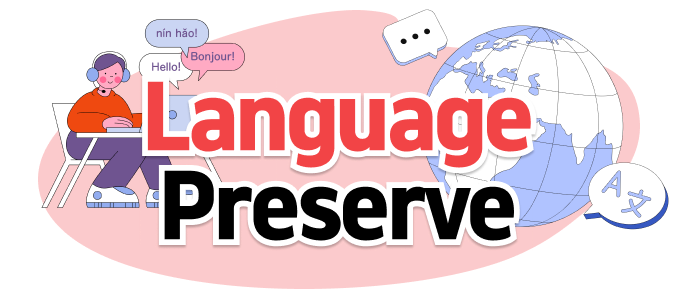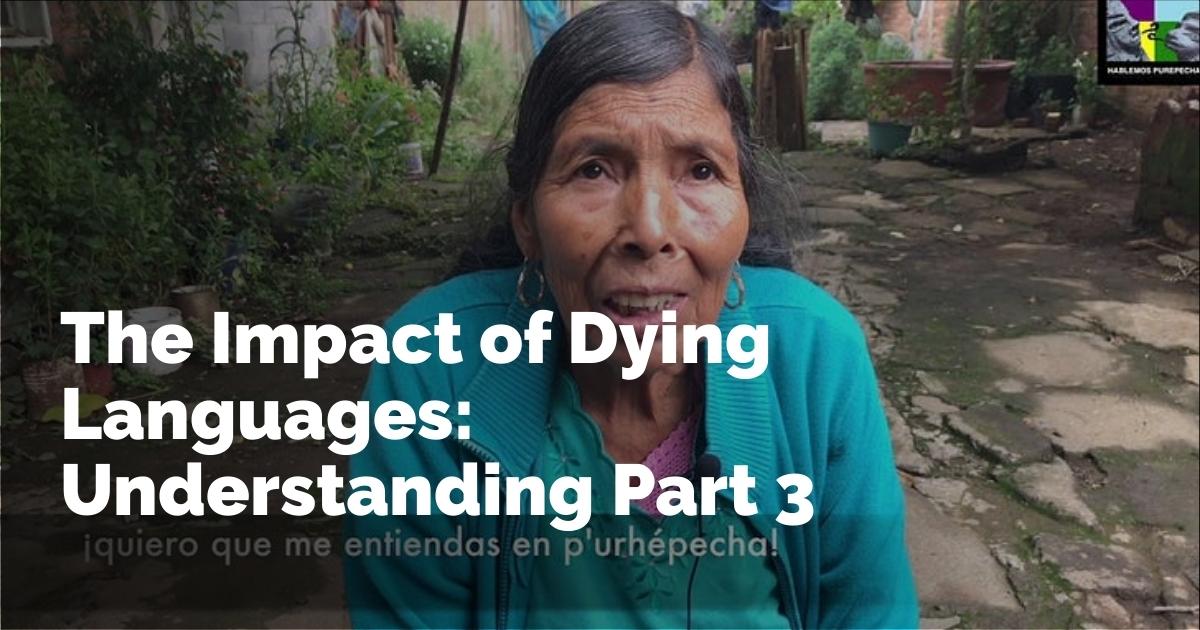Speaking Our Ancestor's Forgotten Languages: AI's Role in Preservation and Change
In today's rapidly evolving world, where technology and artificial intelligence (AI) are rapidly advancing, there's an intriguing intersection between this innovation and the preservation of the human past — specifically, in the context of saving endangered languages from extinction. Delving into this complex issue is like peeling the layers of cultural understanding, identity, and the essence of communication itself. This piece examines the role of AI in this monumental task through a series of explorations and reflections on language, identity, and technology.
The Historical Context of Language
Languages, it's believed, developed around 20,000 years ago as humans evolved and sought better ways to express their thoughts and experiences. This evolution of communication laid the foundation for complex societies. Fast forward to today, technological advances are redefining language comprehension through AI, reshaping our linguistic connections with the past and the present. The question arises: Is intelligence an inevitable byproduct of linguistic development, or did language birth intelligence? And mundanely, could language have started out simply as basic sounds around a communal fire?
Our connections to ancestral languages often form an intricate part of our identity, albeit through stories and fragments passed down generations. For example, tracing linguistic roots can reveal uncertainties — like wondering about the tongue of a distant relative such as Flora Knudson, who migrated from Norway in the 1800s. But beyond curiosity, what drives the desire to reclaim a lost language, and would it significantly alter one's identity?
Understanding Language Through Cultural Shifts
One fascinating aspect of bilingualism is how different languages might shape different persona or identities. Many bilinguals report that the language they speak can influence their perspective, emotional expression, and social dynamics. Research backs this up, identifying cultural biases in language use. In a 2004 study, bilingual respondents displayed distinct differences in priorities depending on whether they answered in English or Spanish, reflecting cultural values immersed within the language itself.
Yet, what happens in populations with even more language layers? In Mexico, many individuals speak both Spanish and an indigenous language, potentially altering their identities as they switch languages. Idelfonso Sánchez from Hablemos Purepecha highlights the struggles of encouraging younger generations to engage with endangered languages like P’urepecha. Despite his efforts, prevalent cultural shifts focus on urbanization and globalization that threaten language survival.
Technology as a Tool for Language Preservation
Interestingly, the possibility of bridging the language gaps of time, reviving extinct languages, and re-establishing connections with ancient cultures is increasingly plausible with AI. Technologies like Microsoft's Teams expanding speech interpretation to cover more languages, or Google's real-time translation services, showcase this progress. Even languages long considered "dead" might see a form of revival as AI becomes capable of processing, analyzing, and generating speech in these languages — reintroducing them into modern communication networks, albeit digitally.
In the future, as technology continues to embed itself deeper in our daily lives, devices — potentially as simple as a pair of smart earbuds — might facilitate conversation across any language barrier, even those of our long-gone ancestors. However, this raises moral and philosophical questions about what is truly lost when a language dies — especially when AI might preserve the mechanics but not necessarily the cultural nuances inherently tied to its native speakers.
Language, Identity, and Cultural Expression
Traditionally, language served as a communal bond, identifying and unifying communities. Today, as migration and globalization challenge these historical definitions, language increasingly becomes a marker of individual identity, expressed beyond geographical origins.
For members of indigenous communities or descendants of deceased languages, the motivation to engage with these languages often stems from personal identity exploration rather than pure necessity. Examples abound, like the podcast talking about "indigenous identity fraud," where the language of the ancestors may not be spoken, yet cultural stories and identity are passionately shared with broader audiences.
As AI technologies continue to develop, they open new doors — not only in facilitating cross-cultural communication but also in the possibilities of reviving and maintaining these bonds through virtual means. Herein lies a curious paradox: although a language might vanish from its native environment, it finds new life digitally, maintaining a cultural essence in an ever-connected digital world.
Envisioning the Future of Language and Technology
The journey of languages towards endangered status often reflects the challenges of minority cultures assimilating into dominant societies. As the number of globally dominant languages grows, smaller languages face an uncertain future. Yet, through AI's growing role, we can imagine a world where these languages coexist, preserved, and accessible, perhaps only through the digital records, in contrast to traditional spoken form.
In navigating our future with these technologies, reflections on how they interact with the essence of culture and communication become invaluable. The interplay between languages and identities changes significantly depending on their medium, whether through traditional means or technological advancements, raising questions about authenticity, significance, and survival in a way previous generations could scarcely envision.
As we continue to explore the intertwining paths of technology and language, it will be interesting to revisit discussions around linguistic survival and AI's capacity to enrich rather than oversimplify our diverse cultural tapestry. With each passing decade, the linguistic landscape may shift, but the essential elements of human connection, expression, and identity persist — albeit in transformative ways.
출처 : Original Source

